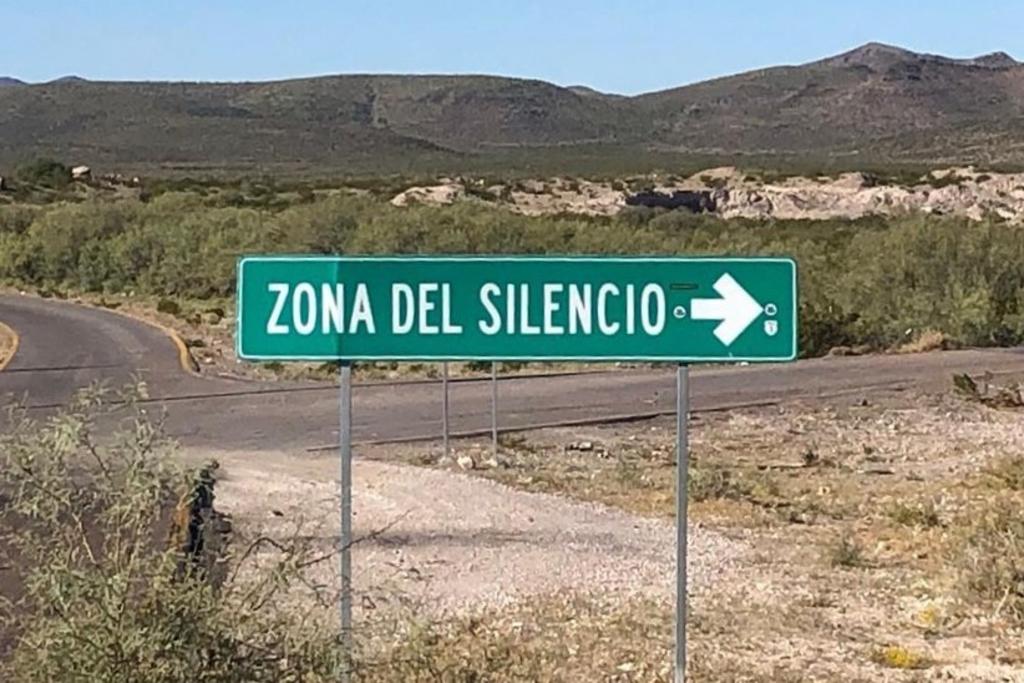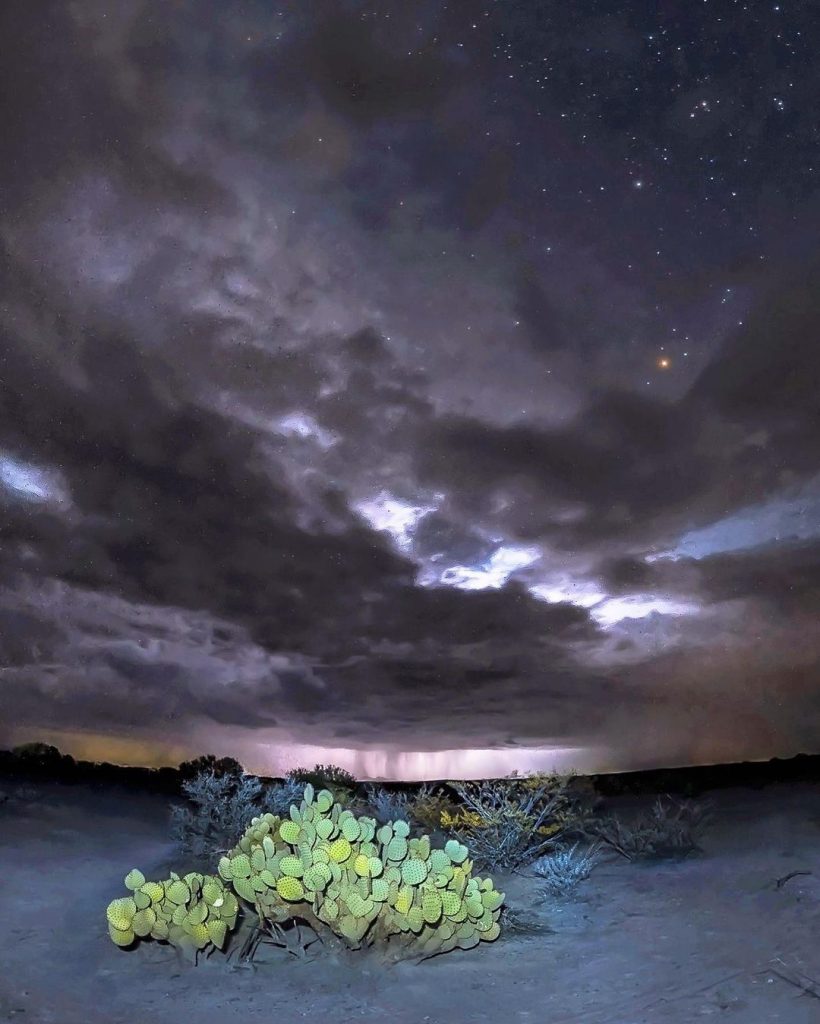
These people and their guides are locally referred to as zoneros or silenciosos. The MapimI Reserve overlaps an area known as La Zona del Silencio (the Zone of Silence) which attracts tourists and curiousity-seekers from all over the world. For continued cooperation and increased participation of the local residents, a management plan is needed that integrates basic and applied research and encourages the researchers to understand and confront the land use problems faced by the ranchers.Īn unexpected and bizarre form of land use generates income in the towns near the Reserve and threatens the credibility and influence of the scientific endeavors undertaken in the Reserve. However, the Reserve’s establishment has had little influence on regional forms of land use, with the exception of the local cessation of hunting and poaching. The local residents accepted the Reserve’s presence as a perceived means to protect their land from outsiders, and they have developed long-term friendships with many of the researchers.

The Reserve management has maintained good public relations in the area directly surrounding the field station and has successfully rescued an endemic species of tortoise from extinction.

The potential for conflict exists between local ranchers, who value the land as pasture for their livestock, and the researchers, who view the area in terms of its ecological importance separate from human land use systems. Formal and informal interviews were conducted with the local residents and conservation program’s researchers regarding their views of the environment, the protected area, and each other. Andrea Kaus lives in California and can be reached via email at įrom 1988 to 1990, baseline data were collected of the spatial and temporal distribution of human populations and land use in the Mapimí Biosphere Reserve.

This article was excerpted from the author’s 1992 dissertation, Common Ground: Ranchers and Researchers in the Mapimí Biosphere Reserve. Doctoral Dissertation, Anthropology. The objective of this project was to examine the social conditions that contribute to local cooperation with conservation programs through a case study of the Mapimí Biosphere Reserve (Durango, Mexico). As a result, the local inhabitants in and surrounding protected areas often perceive conservation policies to be a threat to their land-use rights and source of livelihood. In the past, environmental conservation has emphasized the protection of the physical environment through the exclusion of humans.


 0 kommentar(er)
0 kommentar(er)
